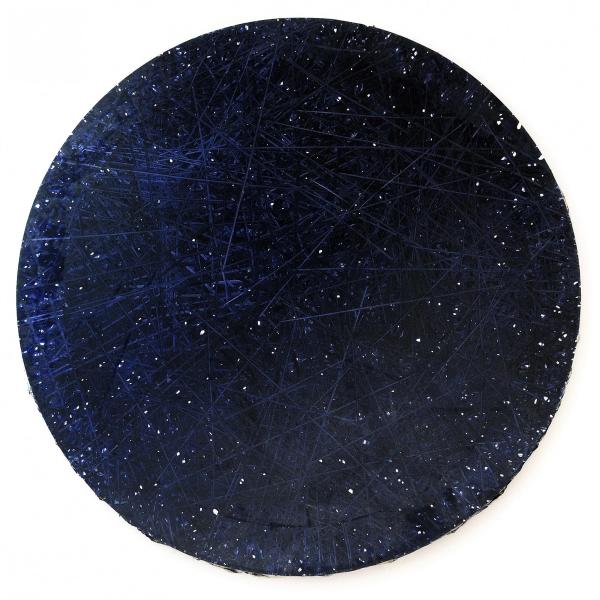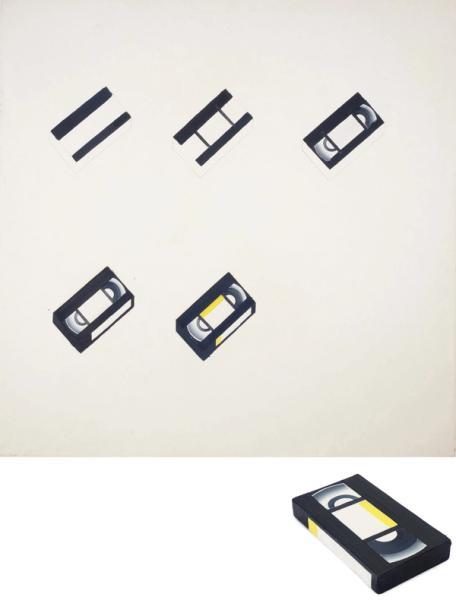Rafal Bujnowski conceives works in a wide range of disciplines, including painting, photography, drawing, found objects, and sculpture, that reflect upon the social functions of artists and art. Drawing inspiration from auteur cinema, performance art, and industrialization, among many other sources, he highlights the art-making process from creation to consumption with a measure of gravity, humor, and ambivalence. His “Dirty Towels,” for instance, comprise everyday hand-towels that he has wiped paint onto while working in his studio, which he then adds brushstrokes to, making a series of intriguing figurative works.
Bujnowski is interested in pairing the resistant strategies of the Soviet-era avant-garde with the conventions of contemporary cultural production. He adds layers of Pop irony and Social Realist rigor to an intense Minimalism that pares down the media he works in to their most fundamental forms. The paradox is that his elemental images are encircled by historical and cultural references that give them an exponentially allusive reach. His monochromatic Lamp Black paintings, where he brushes traditional carbon-based black oil paint to form vinyl record-like grooves, limit representation to the most reduced of surface textures; yet, their mystery, sensuousness, and reflectivity stir the viewer’s imagination.
He works in series and multiples where repetition and standardization are in tension with singularity and originality. He has said that a “painting, when you intend to make it in a hundred copies, requires such automatism that will produce an effect of lightness, technological skillfulness, and routine.” By “lightness,” he means being unburdened of the responsibility to make the perfect unique object, pointing perhaps to the artisanship of painting and the form’s mechanistic origins in the great artist studios of the Renaissance.
Bujnowski has been described as a “facilitator of experience,” in that he deliberately considers the viewer’s interactions with the works he makes; he imagines an active audience activating his artworks. His ongoing and wry “Landscape Perspective” series involves his signature textured black paintings shaped as if they had been plucked from the side walls of long perspective installation photograph with their converging lines unaltered. In photographs these works look rectangular, but in real life on a gallery wall they have only two parallel lines (in geometry, isosceles rhomboids.)
Bujnowski’s laconic take on the art system goes back to the beginnings of his career with his takes on the role of artist as provocateur: in 2000, at Central Saint Martins Window Gallery on Charing Cross Road, London, he organized an exhibition entitled “Cheap Art from Poland — Bricks, Planks, VHS Cassettes,” where he sold, among other works, VHS-shaped paintings for GBP19.90; and his irreverent “How to draw the Pope” (2002), with its multi-paneled instructional style, was made as a reaction to living in Pope John-Paul’s tribute-filled home-town of Wadowice. For Bujnowski, artists can be instigators, catalysts within the network of socio-political relations. He channels the avant-garde artist’s position as an antagonist, as well as the historical character of artists, writers, and poets, as jesters who mock the powers-that-be, revealing that received notions may be illusory.
Rafal Bujnowski (1974, Wadowice, Poland) lives and works in Warsaw. He studied architecture at the Kraków University of Technology (1993-1995) and graphic arts at the Academy of Fine Art, Kraków (1995-2000). In the latter part of the 1990s, he was a member of the neo-Dadaist “Ladnie (Nicely) Group,” together with artists Marek Firek, Józef Tomczyk “Kurosawa," Marcin Maciejowski, and Wilhelm Sasnal. Based in Krakow, they published a ‘zine and organized art events that critiqued both the avant-garde and the commercial art system. In 1998 he initiated Open Gallery where he exhibited his work on three billboards in the centre of Kraków that acted as both artworks and advertisements. He is a co-founder of the artist-curator collaborative, Fundacja Dzielna, Warsaw.
Recent exhibitions exhibitions include: “Lamp Black Love Story,“ Foxy Production, New York, NY (solo); Dom w budowie,” Fundacja Dzielna, Warsaw (solo)(both 2022); “The Passion,” Hall Art Foundation, Schloss Derneburg, Holle-Derneburg, Germany; “Current Works,” Georg Kargl, Vienna (solo)(both 2021); “Fear," Galeria Arsenal, Białystok, Poland; “Contemporary models of realism,” (MOCAK Collection), Museum of Contemporary Art in Kraków, Kraków (both 2020); “Polish Artists in the Bunkier Sztuki Collection,” Bunkier Sztuki, Kraków; “Formy,” Shibuya Hikarie Creative Space, Tokyo; “Rafal Bujnowski,” Foxy Production, New York (all 2019); “Wild at Heart. Portrait and Self-Portrait in Poland After 1989,” Zachęta National Gallery of Art, Warsaw (2018); “L’arte differente: MOCAK al MAXXI, MAXXI,” National Museum of XXI Century Arts, Rome (2016-2017); “May 2066,” National Gallery of Art, Warsaw, Warsaw (solo); and “wallpaper.linocut,” Berlinskej Model, Prague (solo); “Man on Tree,” Raster, Warsaw (all 2016).
| Video Store | 2023 | Gallery |
| Rafal Bujnowski | 2022 | Gallery |
| Figura | 2020 | Gallery |
| Rafal Bujnowski | 2019 | Gallery |
| Condo New York 2018 | 2018 | Gallery |
| Double Hemisphere | 2009 | Gallery |
- Kastner, Jeffrey. “Rafal Bujnowski.” Artforum. Jan. 2023. Print.
- Farago, Jason. “Rafal Bujnowski.” The New York Times. 7 June 2019: C18.
- Brewinska, Maria. FUTURE (IM)PERFECT. Rafal Bujnowski: Maj/May 2066. Warsaw: Nero; Raster; Zacheta - National Gallery of Art, 2016: 12-14.
- Morris, Linda. "Socialist Capitalist Realism or Do I Mean Capitalist Socialist Realism?" Rafal Bujnowski: The Politics of Paintings: Selected Works from 1999-2013. Warsaw: Raster, 2013: 6-9.
- Astrova, Aliina. "Rafal Bujnowski at Johnen Galerie." Frieze 1 May 2011.
- Verwoert, Jan. "Rafał Bujnowski - No depth, no illusions, just paint.” Frieze Oct. 2005: 192.
- Gorczyca, Łukasz. “Rafał Bujnowski - How to Paint The Pope.” Spike No. 01 2004: 44-51.







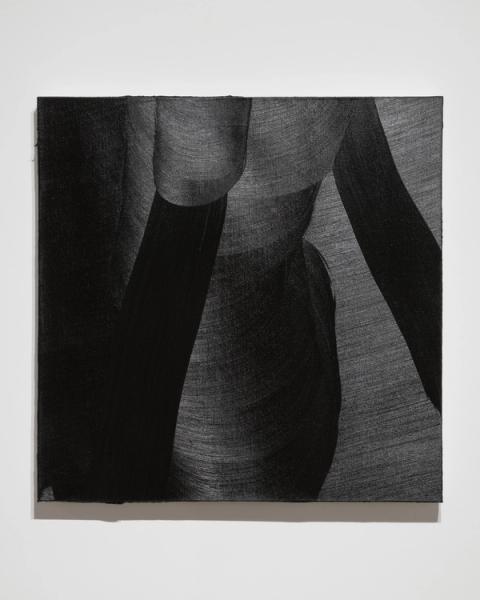






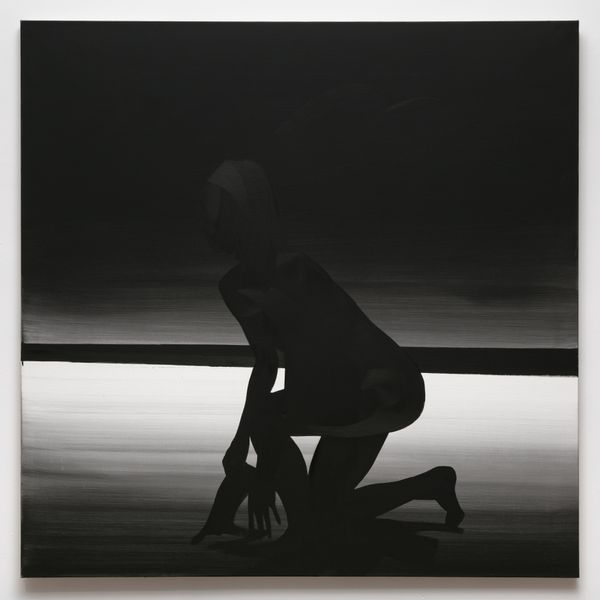



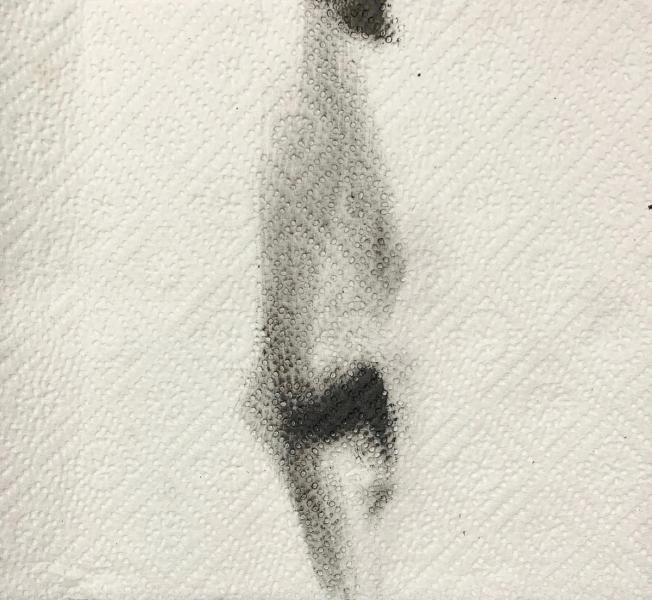




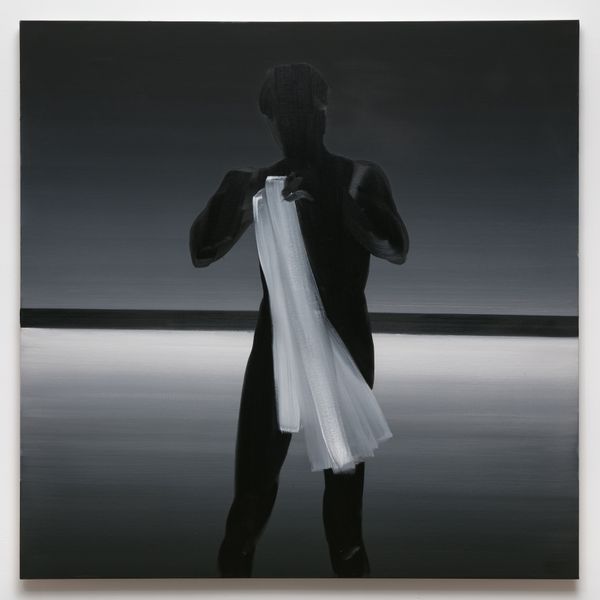





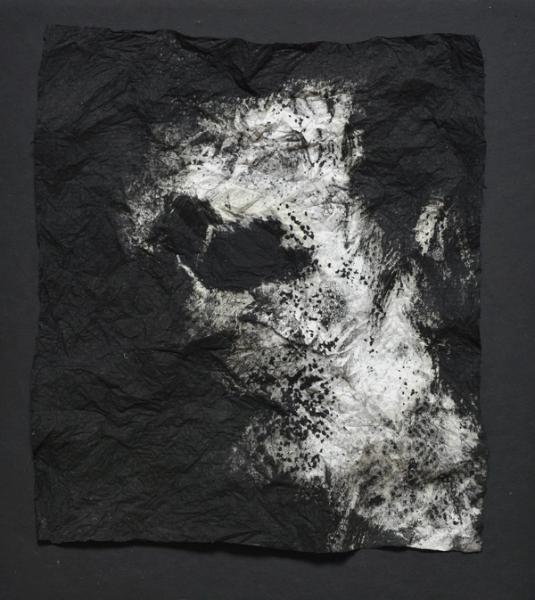
![Rafal Bujnowski, Moon [4], 2018, oil on canvas, 13 3/4 x 13 3/4 in. (35 x 35 cm)](https://cdn.sanity.io/images/y7df71pe/production/95b0d4b2d3f35c0d69f0b16a86a91a4aa9a4449e-3504x3500.jpg?h=600)
![Rafal Bujnowski, Moon [2], 2018, oil on canvas, 15 3/4 x 15 3/4 in. (40 x 40 cm)](https://cdn.sanity.io/images/y7df71pe/production/9c6cc8705616d1bbe5335168da808652c5f82aac-3500x3459.jpg?h=600)
![Rafal Bujnowski, Moon [5], 2018, oil on canvas, 11 3/4 x 11 3/4 in. (30 x 30 cm)](https://cdn.sanity.io/images/y7df71pe/production/5d4f2f9bb116b6c2a2f0fe0ab5fc33aab0e262d3-3500x3461.jpg?h=600)



![Rafal Bujnowski, Perspective Trap [1], 2016, oil on canvas in two panels, 12 1/4 x 9 1/4 in. (31 x 23.5 cm), 10 1/8 x 7 1/2 in. (25.5 x 19 cm)](https://cdn.sanity.io/images/y7df71pe/production/efc47bd7dc65203bbf52ed7c5670fd24c84fcf99-3000x2046.webp?h=600)




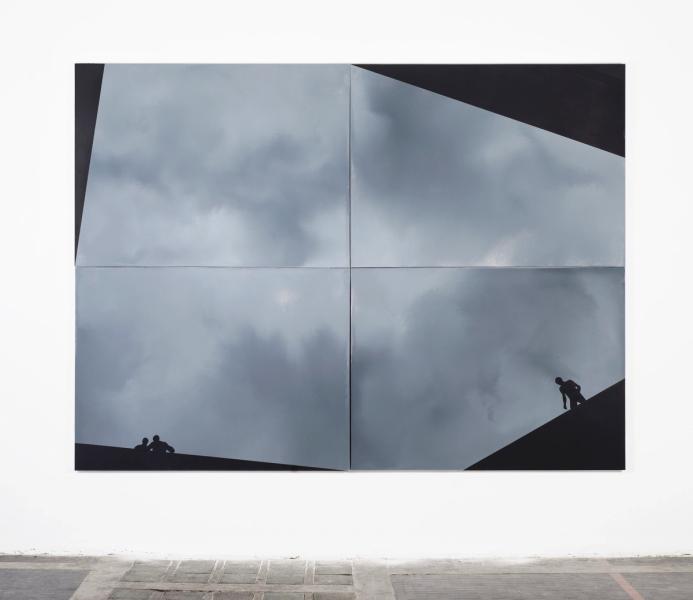








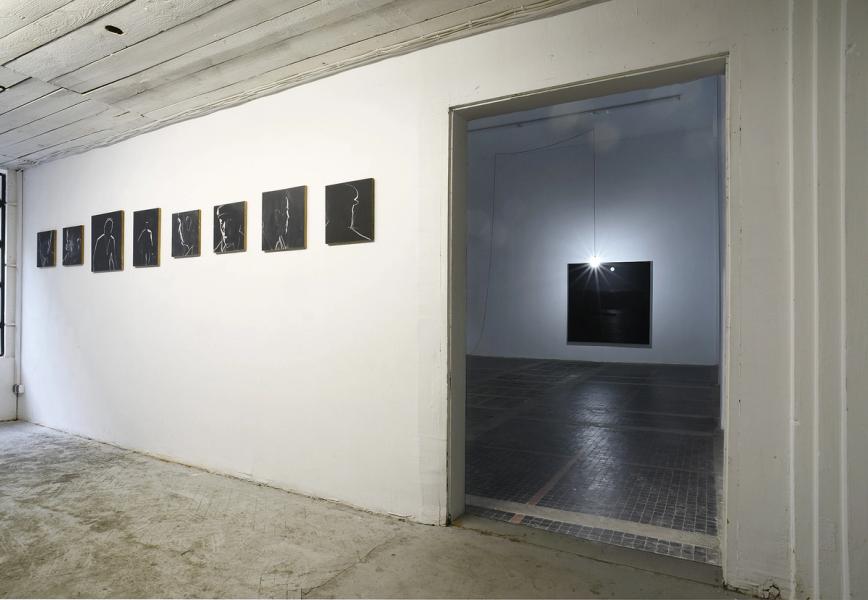







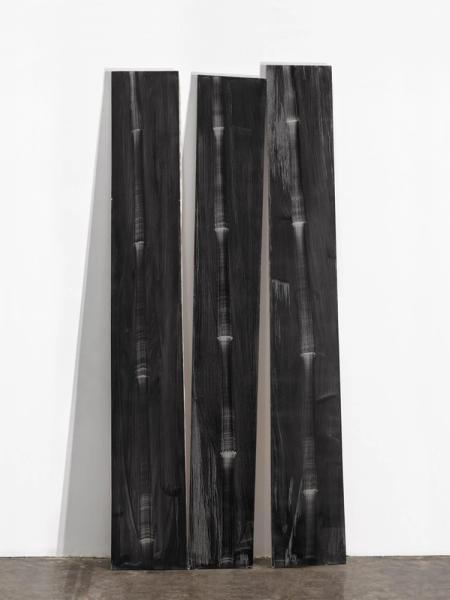
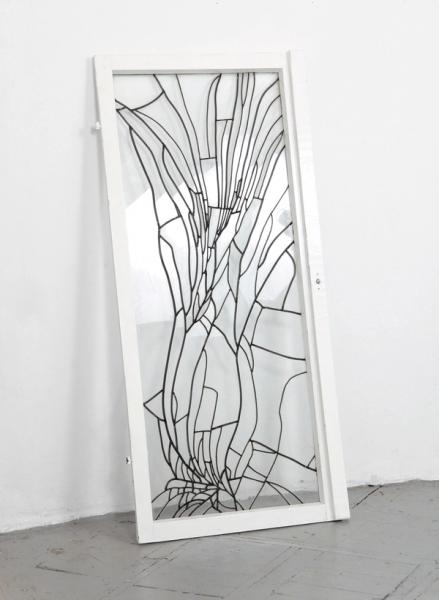









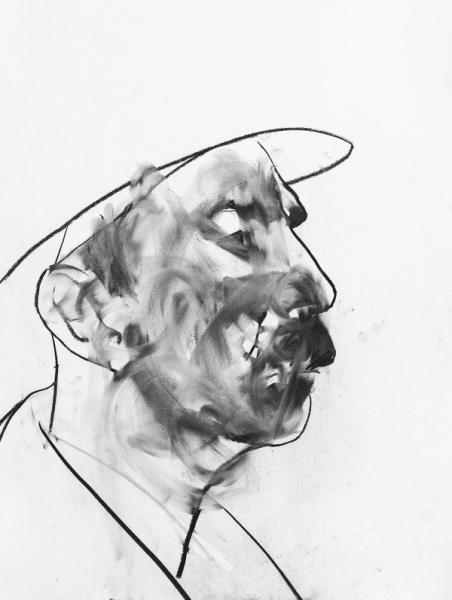
![Rafal Bujnowski, Curtains, 2007, diptych, oil on canvas, [2x] 45 x 45 cm., from the series Curtains, 2007](https://cdn.sanity.io/images/y7df71pe/production/b5191386bff9d2990d8f15258e91504cb89dfb68-1600x775.jpg?h=600)
![Rafal Bujnowski, Curtains, 2007, diptych, oil on canvas, [2x] 45 x 45 cm., from the series Curtains, 2007](https://cdn.sanity.io/images/y7df71pe/production/e472a3508af738bc0f9eae2959599f86de1397b5-1600x796.jpg?h=600)
